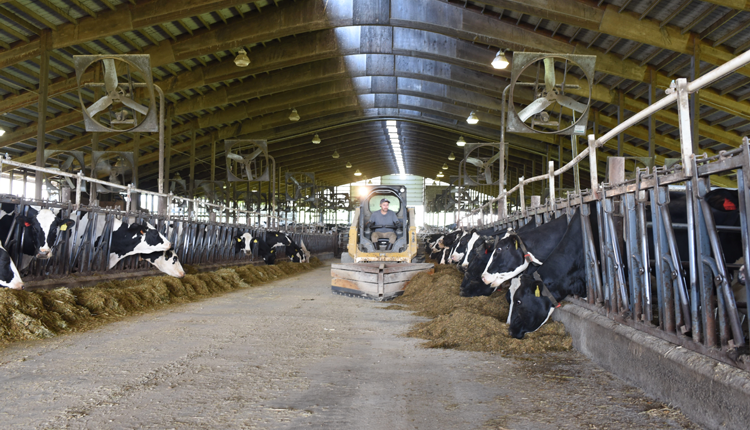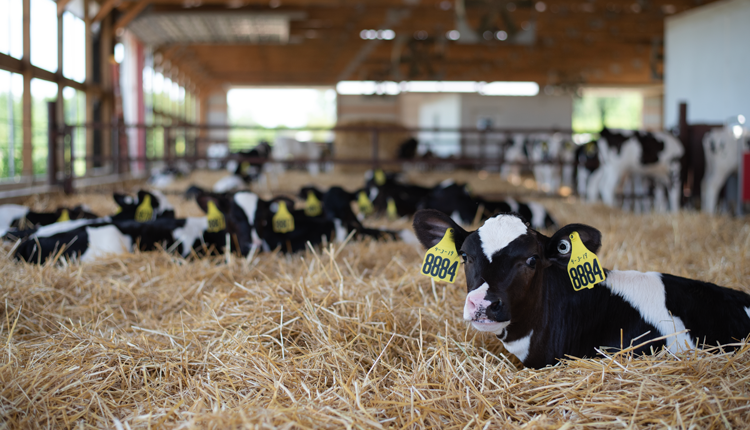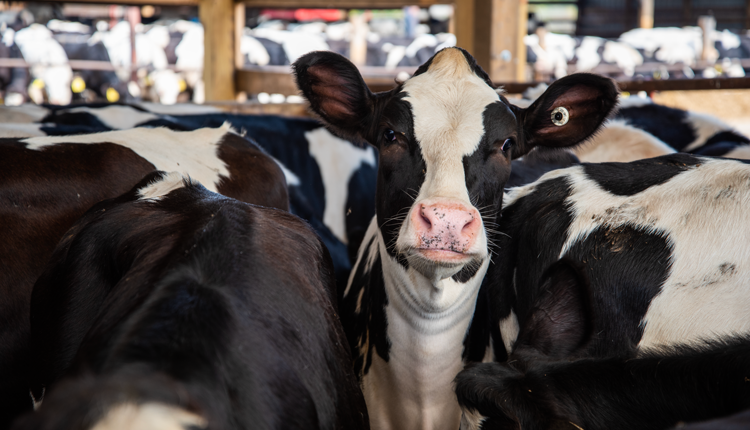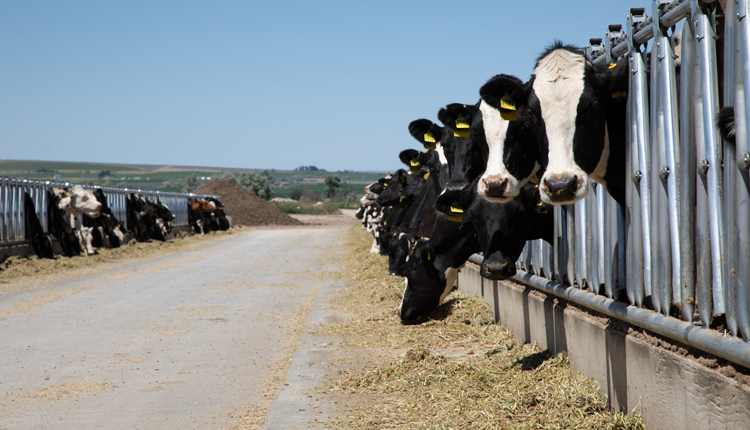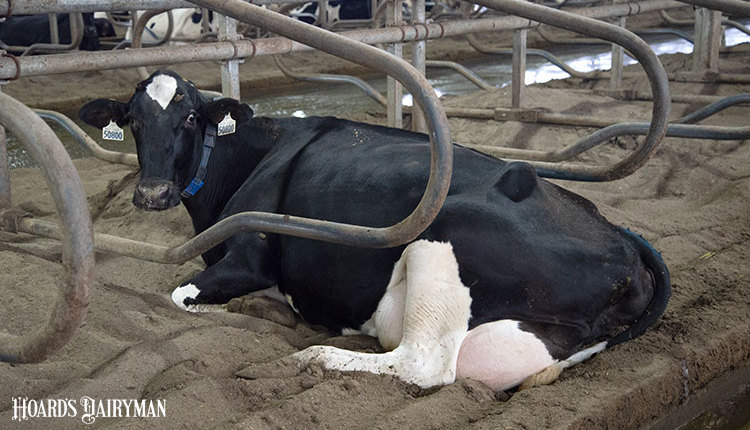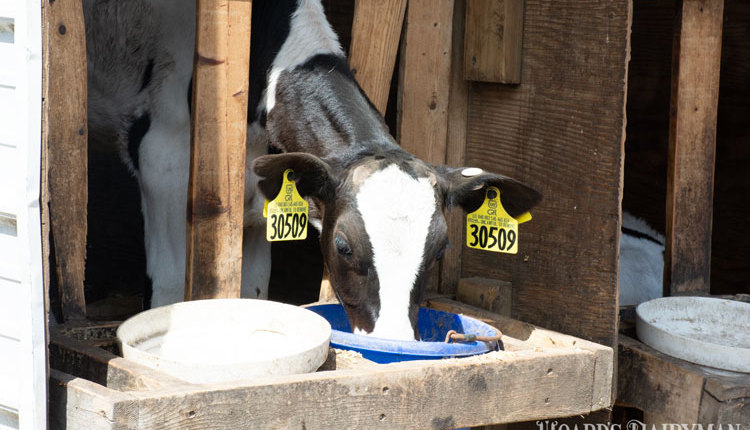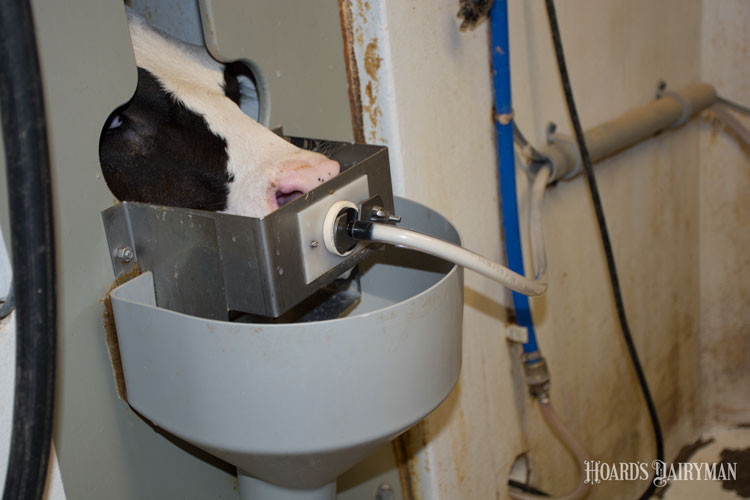
“The opportunity for higher daily liquid feeding rates, smaller meal sizes, and getting back to what’s more normal biology for the calf,” Bob James said, describing just a few of the benefits he sees in automated calf feeding. The recently retired Virginia Tech teacher, researcher, and extension specialist also mentioned advantages in labor delegation, welfare, and consumer perspectives.
Given these opportunities, it is especially necessary to take care of the prerequisites for success as outlined by James during his presentation at the recent Tri-State Dairy Nutrition Conference.
True for any calf raising scenario, an aggressive colostrum program is key to getting calves off on the right foot. James noted colostrum must be high in immunoglobulins with a low bacteria count. It should be offered to calves as soon as possible for the best results.
Secondly, farms that have great success with automated feeders have good dry cow programs and an excellent calving environment. Isolating calves from a dirty calving pen gives them a chance to absorb colostrum and establish a more desirable intestinal microflora.
Finally, James recommended starting off the calves in an individual feeding scenario. He said the preconditioning period could span anywhere from 0 to 14 days, but calves should be moved to the automatic feeder as soon as they achieve a vigorous appetite.
The work doesn’t stop there, as automatic feeding scenarios require constant oversight. Excellent ventilation, sufficient square footage per calf, and a well-bedded resting area are all essential to calf success.
According to James, the attitude toward managing these facilities should be clean, clean, clean. Staffing the feeder with individuals who are sensitive to calf behavior and will respond quickly and aggressively to disease is also important.
There are a lot of details to manage in an automated feeding scenario, but getting calves off on the right foot, particularly in the first two weeks, can go a long way in calf raising success.
(c) Hoard's Dairyman Intel 2017
